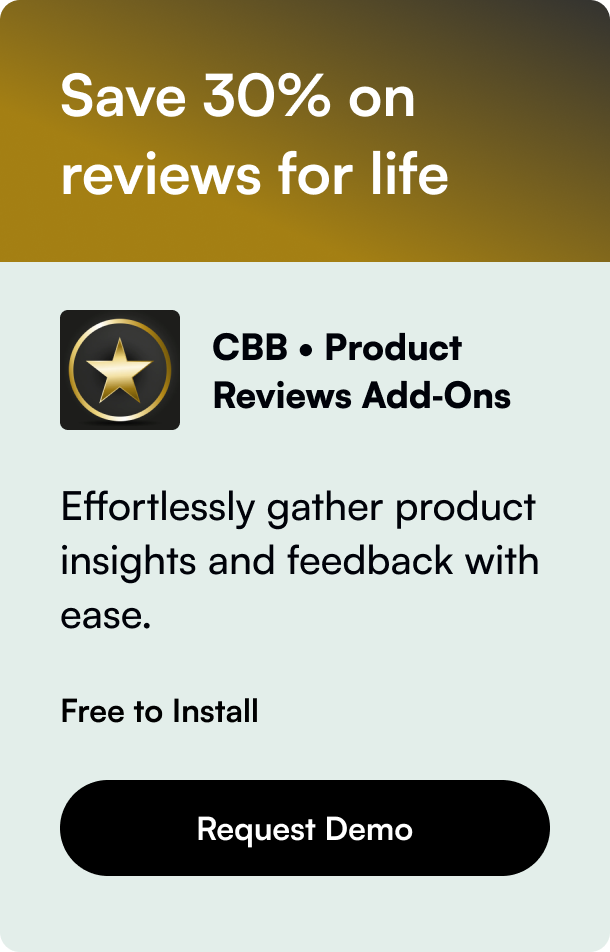Table of Contents
- Introduction
- Understanding Shopify Domains
- Removing a Shopify-Managed Domain
- Removing a Third-Party Domain
- Implications and Best Practices
- Conclusion
- FAQ
In the digital age, where first impressions are increasingly made online, your domain name serves as the digital front door to your business. It's how customers find you, remember you, and share your business with others. Given its importance, changing or removing a domain name from your Shopify store can seem daunting. Whether you're rebranding, switching platforms, or simply looking to make some changes to your online presence, understanding the process of domain removal is crucial. This guide will equip you with the knowledge to effectively remove a domain from your Shopify store, ensuring a seamless transition for your business.
Introduction
Have you ever wondered what it takes to remove a domain from your Shopify store? Whether it's a shift in your brand's direction, a domain upgrade, or a platform change, the need to detach a domain from your Shopify account can arise for various reasons. This blog post dives deep into the intricacies of removing a domain from Shopify, providing a step-by-step guide, exploring the nuances of this process, and ensuring you're well-equipped to handle this task with confidence.
By the end of this post, not only will you understand how to remove a domain from Shopify, but you'll also gain insights into the nuances of Shopify domains, including the key distinctions between Shopify-managed and third-party domains. Prepare to navigate this process like a pro, ensuring that your store's transition is as smooth and error-free as possible.
Understanding Shopify Domains
Before diving into the removal process, it's crucial to differentiate between the two main types of domains you might have on your Shopify store: Shopify-managed and third-party domains.
- Shopify-managed domains are purchased directly through Shopify. They offer a streamlined setup process, eliminating the need for manual DNS settings adjustments.
- Third-party domains are purchased from external providers like GoDaddy or Namecheap. These domains require manual setup to connect them to your Shopify store.
It's also worth noting that your Shopify store comes with a default .myshopify.com domain. This default domain is pivotal for logging into your admin panel and cannot be removed or transferred, but you can mask it with a custom domain to strengthen your brand identity.
Removing a Shopify-Managed Domain
If your domain is Shopify-managed, removing it requires a few steps and considerations. Here's a broad overview:
-
Turn off Auto-Renew: Navigate to 'Online Store > Domains' in your Shopify admin. Select 'Manage' next to your domain and uncheck the auto-renew option. This step prevents your domain from being automatically renewed and charged for another cycle.
-
Disconnect the Domain: Still within 'Domains', adjust your DNS settings by removing the CNAME and changing the A Record to 0.0.0.0. This action disconnects your domain from pointing to your Shopify store but doesn’t delete it from your account. This method offers flexibility, allowing the domain to expire, reconnecting it later, or transferring it to another platform.
-
Contact Shopify Support: To fully remove a Shopify-managed domain from your account, reaching out to Shopify Support is necessary. They'll assist in deleting the domain, ensuring it’s completely disassociated from your Shopify store.
Removing a Third-Party Domain
For those with a third-party domain, the process diverges slightly:
-
Change Primary Domain (If Needed): If your third-party domain is set as the primary domain, switch your primary domain to another one in your Shopify admin before proceeding.
-
Adjust DNS Settings: Log into your domain provider’s platform and update the DNS settings, detaching them from Shopify. This often involves resetting A Records and CNAME records to point away from Shopify's servers.
-
Remove From Shopify: Within your Shopify admin, navigate to 'Online Store > Domains', select the third-party domain you wish to remove, and choose the option to remove or delete it from your store.
Implications and Best Practices
When removing a domain, there are several implications and best practices to consider:
- Timing: Be aware of your domain’s renewal date. Removing or making changes close to this date may impact your ability to transfer or retain your domain.
- Backup: Ensure you have a new domain ready to avoid disruption to your store’s access.
- Notifications: Inform your customers of any domain changes to maintain trust and continuity in your customer relationship.
Conclusion
Removing a domain from your Shopify store, whether it's Shopify-managed or third-party, is a straightforward process when you understand the steps involved. Remember to consider the timing of your domain's renewal, set up a new domain to avoid disruptions, and keep your customers informed throughout the transition. Follow this guide, and you'll navigate the process with ease, setting the stage for the next chapter in your online business journey.
FAQ
-
Can I remove my
.myshopify.comdomain?- No, the default
.myshopify.comdomain is permanent and necessary for admin login and support identification. However, you can mask it with a custom domain.
- No, the default
-
What happens if I remove my primary domain?
- If you remove your primary domain, ensure you designate another domain as the primary in your Shopify admin to maintain your store's accessibility.
-
How long does it take for the changes to take effect?
- DNS changes can take up to 48 hours to propagate throughout the internet. It's best to plan accordingly.
-
Can I transfer my Shopify-managed domain to another provider?
- Yes, you can transfer your Shopify-managed domain to another domain registrar or platform. This requires unlocking the domain and obtaining a transfer authorization code from Shopify.
-
Is it possible to undo the removal of a domain?
- Once a domain is fully removed from your Shopify account or has expired, reclaiming it might be difficult, especially if it gets purchased by someone else. Proceed with caution and certainty when removing a domain.








